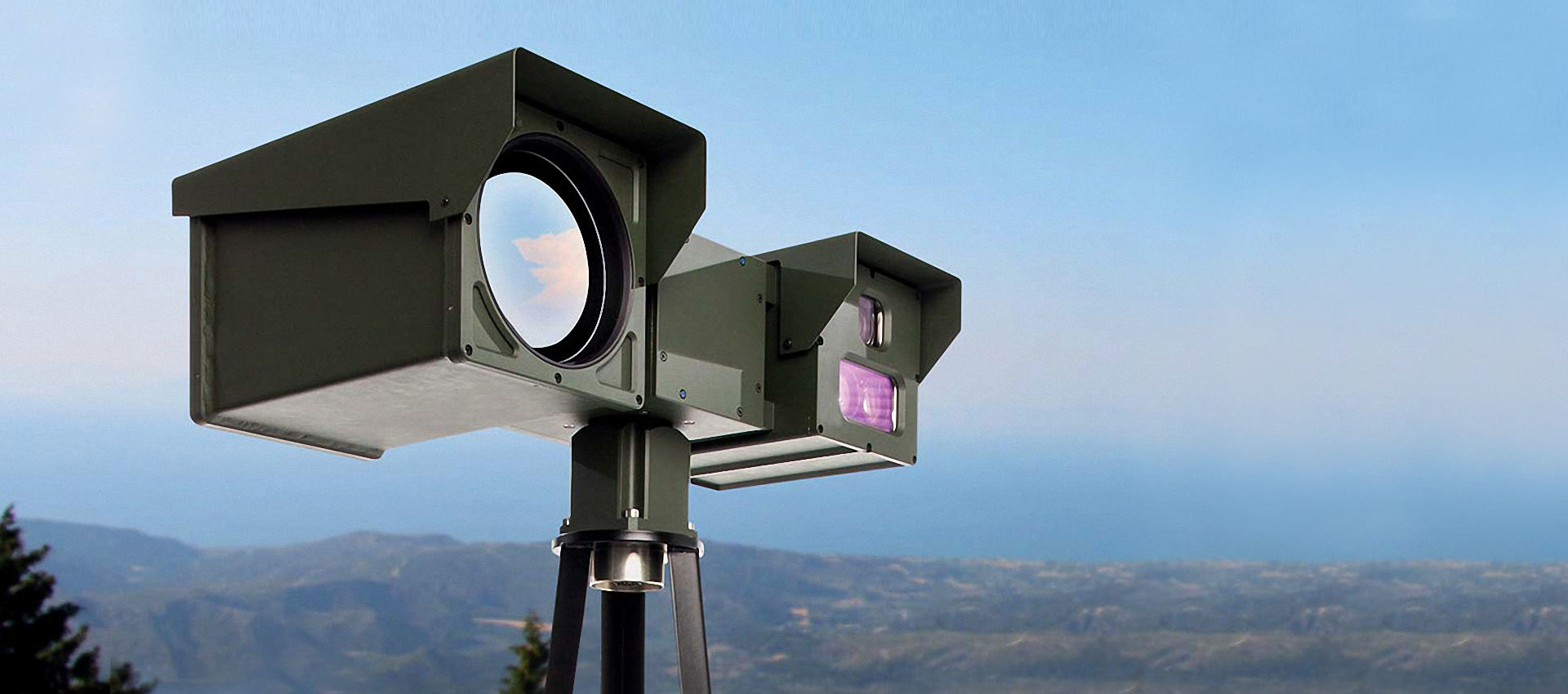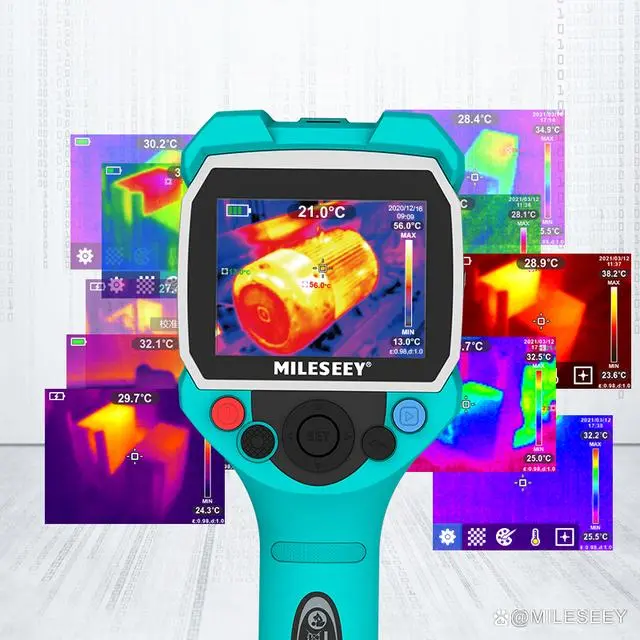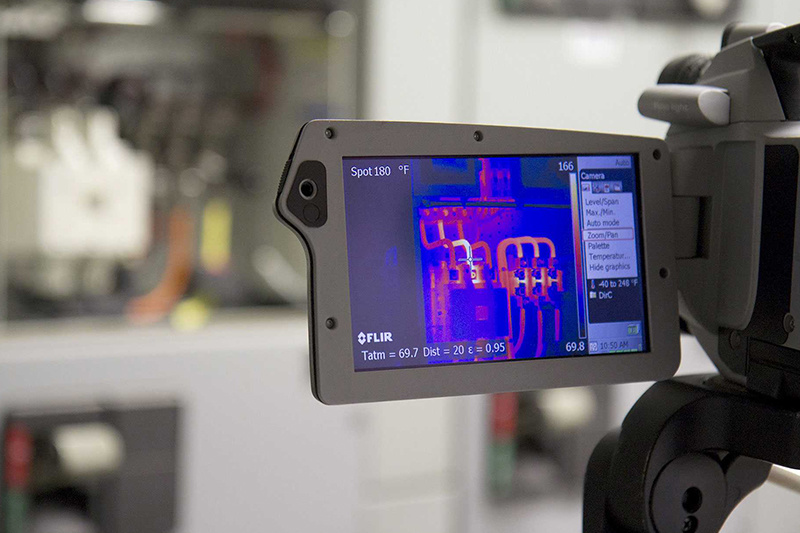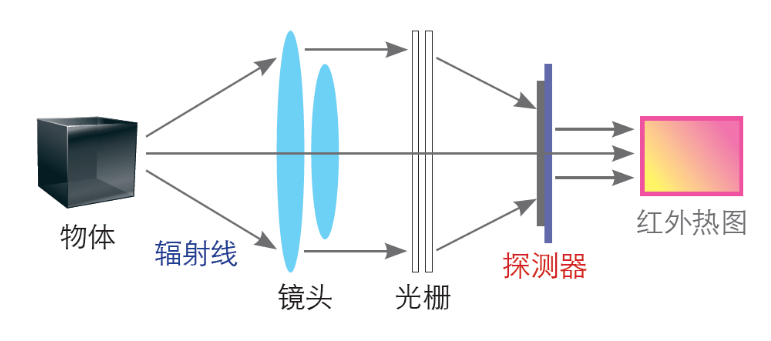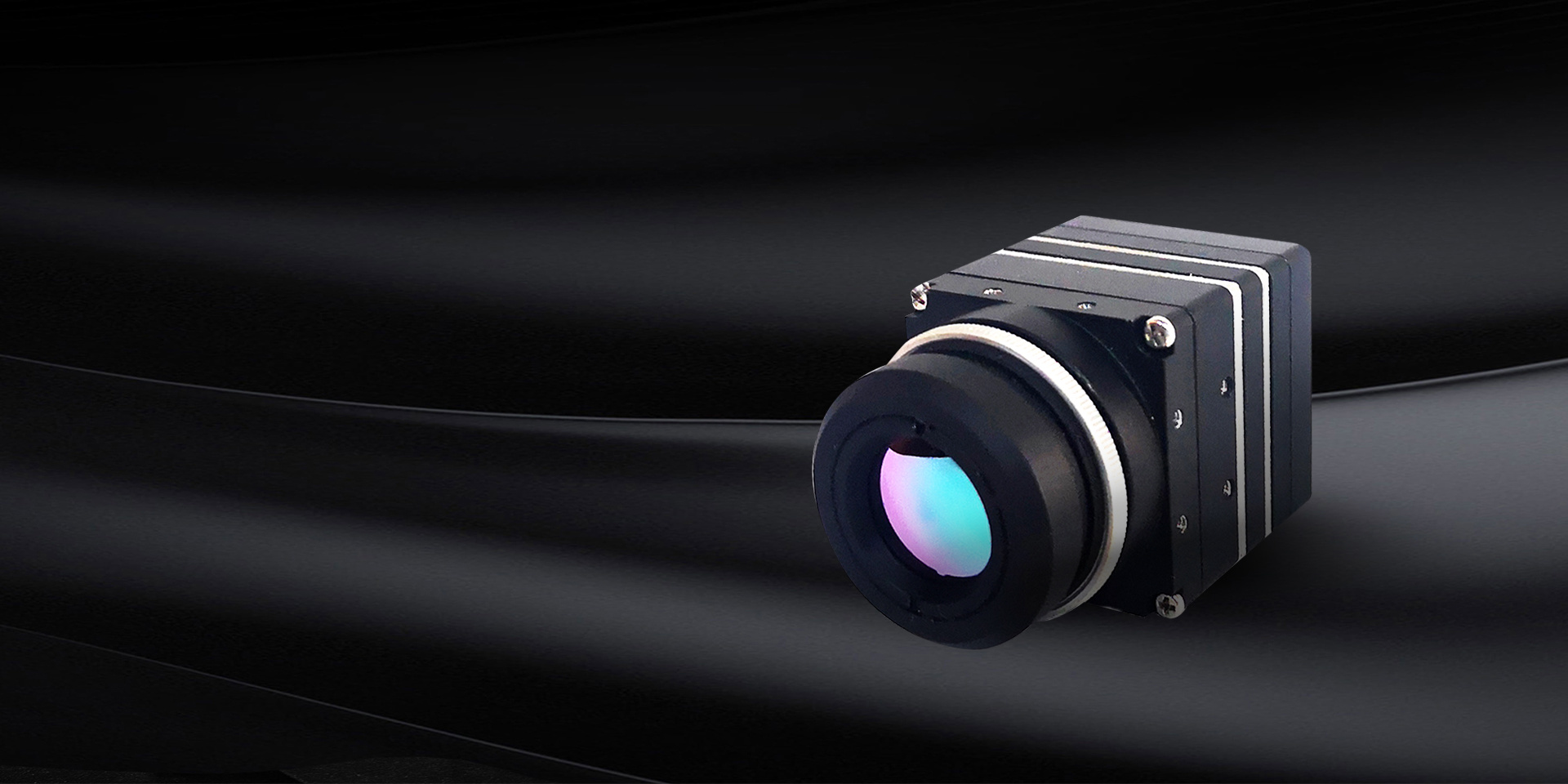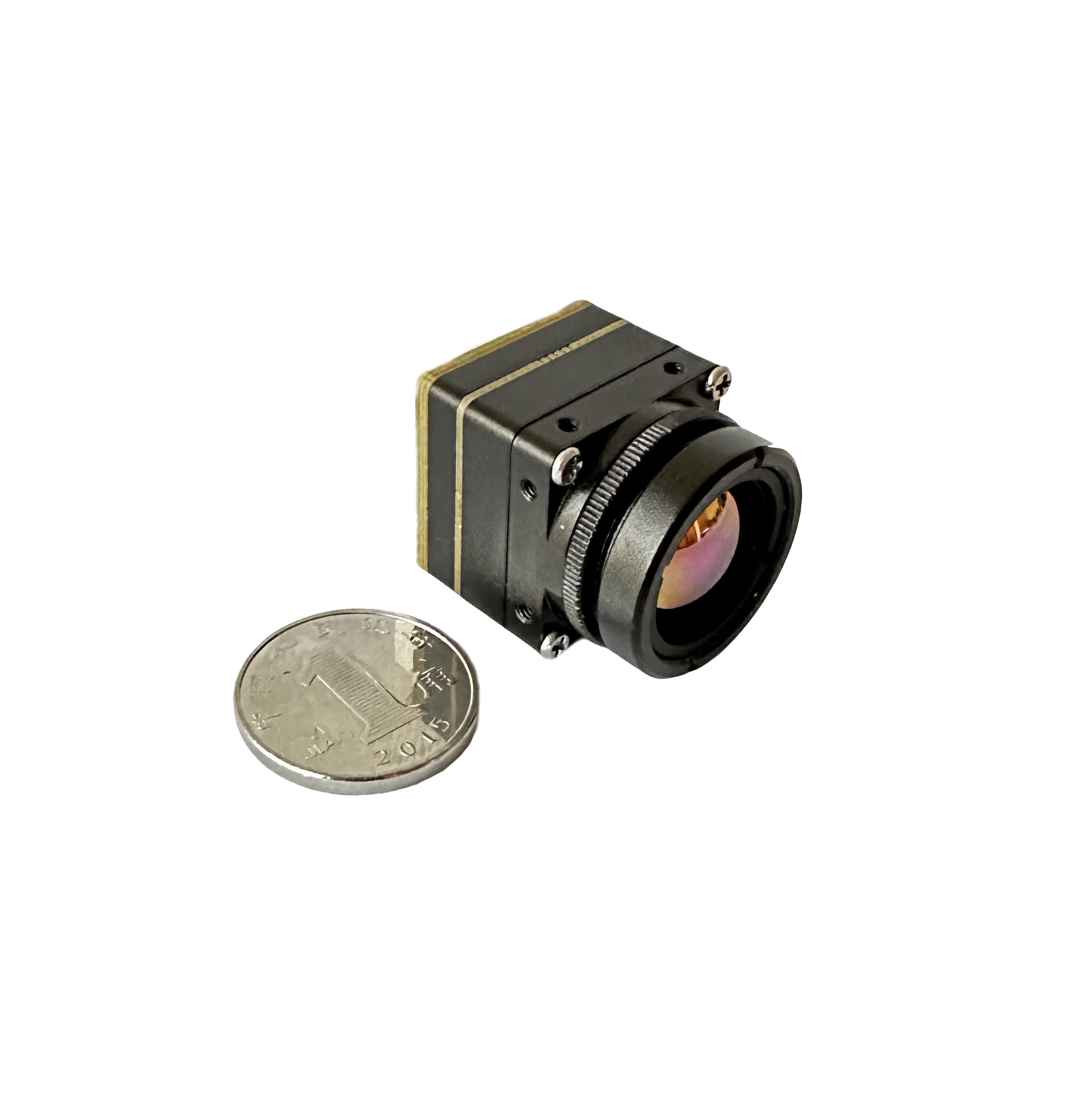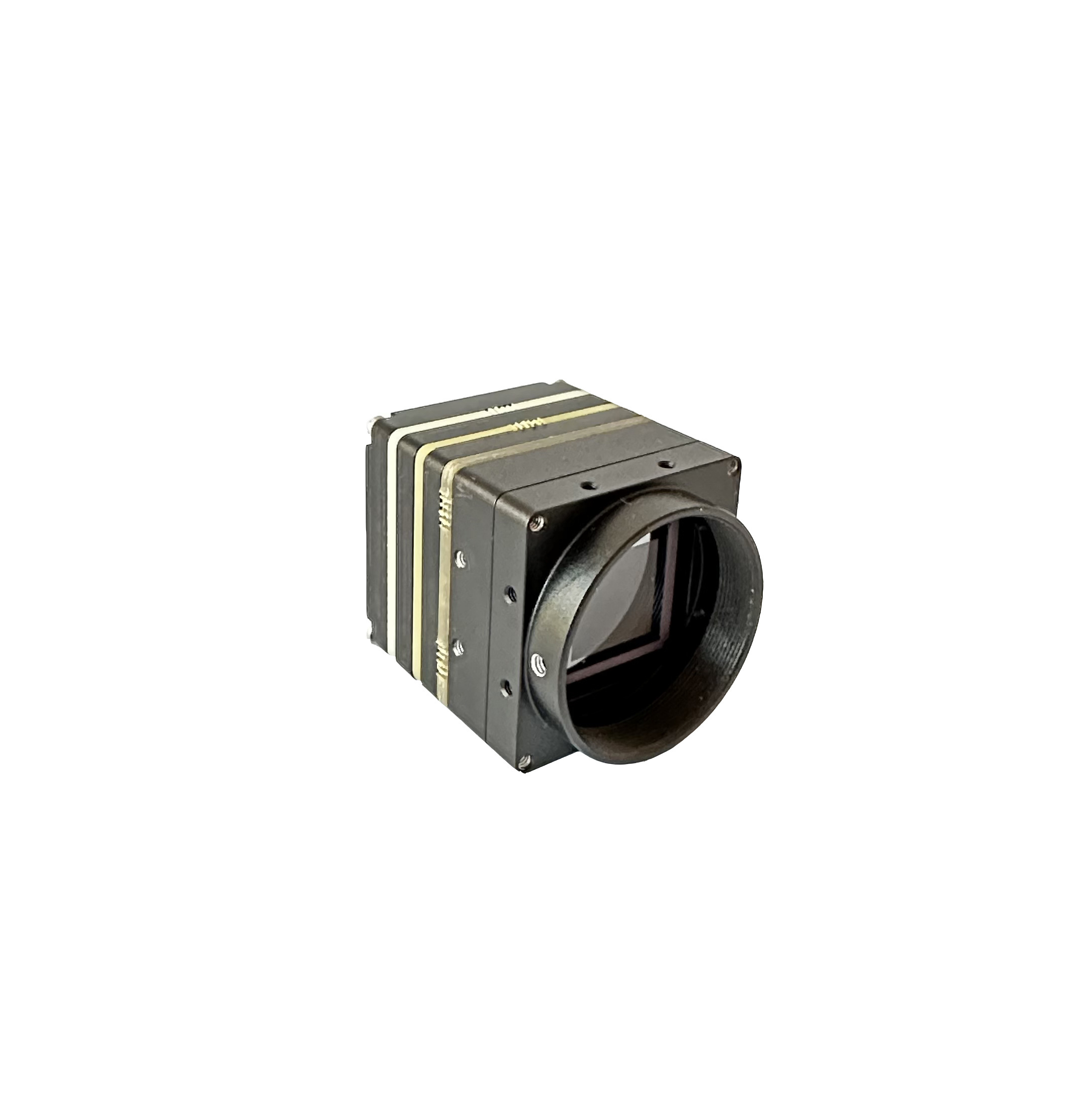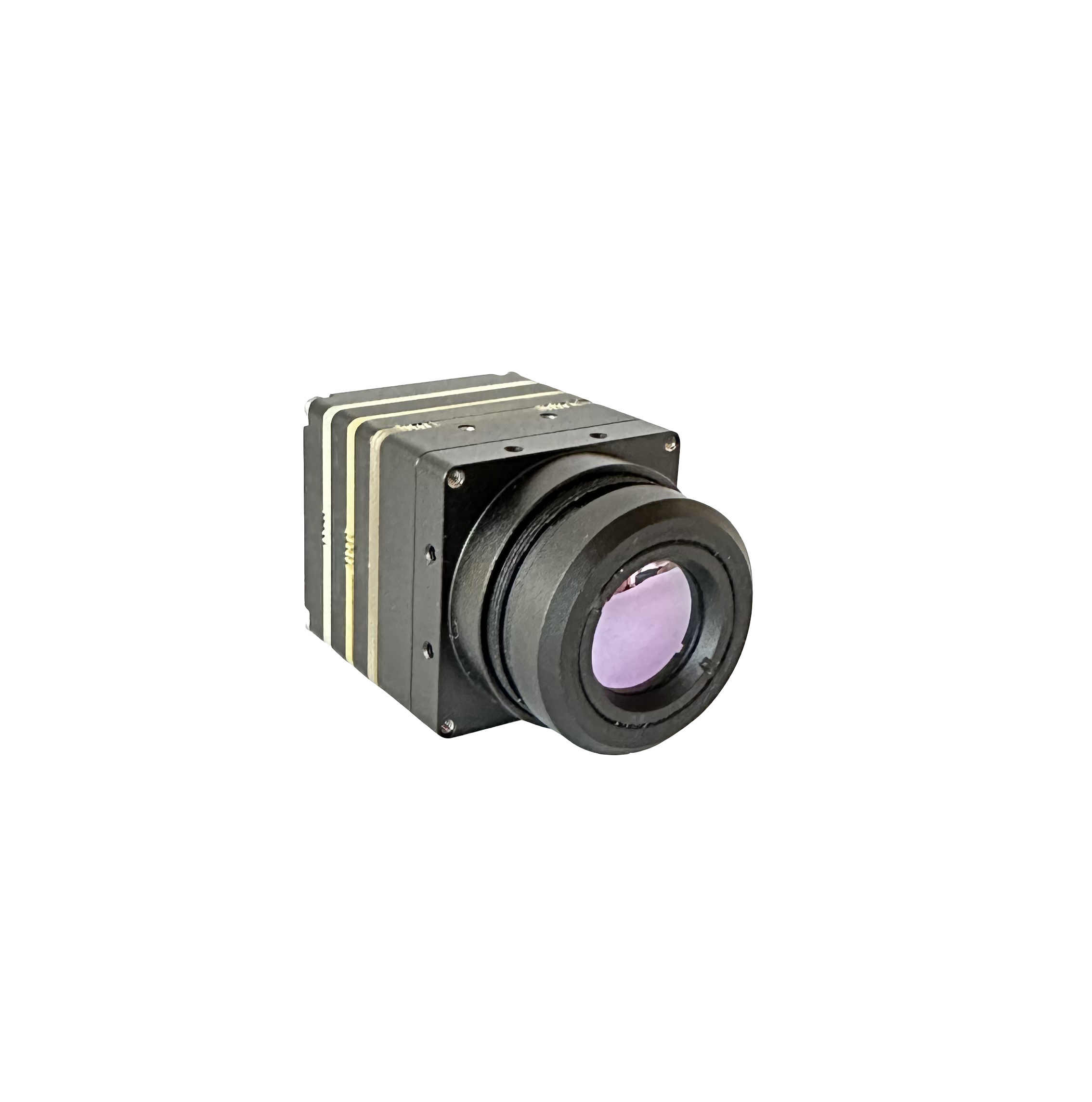What is the application of infrared thermal imager in daily life?
2024-03-22
What is the application of infrared thermal imager in daily life?
The infrared thermal imager can only inspect the robot, and the Huaruitong intelligent ground inspection robot can perform inspection tasks in the unattended or unattended communication room, detect abnormalities in power equipment in time, alarm or dispose of them in time, which is of great significance to improve the efficiency and safety of industrial inspection work.
View Details
Function and role of thermal imager
2024-03-22
Function and role of thermal imager
A thermal imager is a device that detects the surface temperature of an object through infrared rays, which can convert the temperature information into an image and display it. It is mainly used in construction, medical, industrial, security and other fields, and plays an important role in detection, diagnosis, monitoring and early warning.
View Details
What is an infrared thermal imager? What are its important uses? How to choose in specific use?
2024-03-22
What is an infrared thermal imager? What are its important uses? How to choose in specific use?
Infrared thermal imager is a device that uses infrared thermal imaging technology to measure the infrared radiation of the target object, through photoelectric conversion, signal processing and other means, to convert the thermal distribution data of the target object into a video image; its essence is to image the energy of the infrared band, and then through pseudo-coloring processing, different colors represent different temperatures, so as to visually see the temperature distribution on the surface of the object.
View Details
Function and Application of Medical Infrared Thermal Imager
2024-03-22
Function and Application of Medical Infrared Thermal Imager
Medical infrared thermal imager is a medical device product that can be used to check the infrared radiation from the human skin, and can check the abnormal condition of the human body.
View Details
Function and role of thermal imager
2024-03-22
Function and role of thermal imager
Temperature detection: The thermal imager can detect and measure the surface temperature of the object in real time, and find potential thermal problems, such as local overheating of the circuit, hot spots, etc.
View Details
Use steps of infrared thermal imager
2024-03-02
Use steps of infrared thermal imager
The infrared thermal imager uses an infrared detector and an optical imaging objective lens to receive the infrared radiation of the measured target, and reflects its energy distribution pattern to the photosensitive element of the infrared detector, so as to obtain an infrared thermal image, which corresponds to the thermal distribution field on the surface of the object. Generally speaking, intelligent infrared thermal imager is to convert the invisible infrared energy emitted by the object into a visible thermal image.
View Details
Working principle of infrared thermal imager
2024-03-02
Working principle of infrared thermal imager
The working principle of the infrared thermal imager is mainly based on the infrared radiation emitted by the object. When the temperature of an object is higher than absolute zero (-273 ℃), its molecules and atoms will emit infrared radiation due to vibration. This radiation can penetrate clouds and certain materials and be captured by infrared cameras. 12345678
The core components of infrared cameras include infrared detectors and optical imaging systems, which are responsible for receiving infrared radiation from the target and converting this radiation into electrical signals. The detector is usually a light-sensitive element that converts infrared radiation energy into an electrical signal. 2345789
The optical imaging system transfers the received infrared heat to a photodiode in the electronic circuit, which turns it into an electric current and generates a voltage pulse. These electrical signals are then amplified, processed and converted, and finally displayed in the form of thermal images.
The different colors on the thermal image represent different temperatures of the measured object, thereby helping the user to observe and evaluate the temperature distribution and thermal performance of the target. Infrared cameras are particularly effective in light-free or smoke-dense environments, because these conditions do not affect the transmission of infrared radiation.
View Details
What are the characteristics of infrared thermal imager?
2024-03-02
What are the characteristics of infrared thermal imager?
Infrared thermal imaging instrument can carry out radiation imaging of objects at ultra-long distances, and is not affected by illumination light and natural ambient light. The so-called "clairvoyance" can identify objects over several kilometers and carry out imaging very clearly, and has strong penetration ability, can penetrate rain, snow and haze, and is not affected by any bad weather conditions for accurate imaging effect.
View Details
Working principle of infrared thermal imager
2023-12-13
Working principle of infrared thermal imager
Almost all objects that utilize or emit energy generate heat before failure occurs. The key to the reliable operation of electrical and mechanical systems is the effective management of energy. Now, infrared imaging technology has undoubtedly become the most effective detection tool in the field of preventive maintenance. It can quickly, accurately and safely find the fault before the equipment fails. Discovering and repairing an electrical contact in time before it fails can save or avoid the high cost of production downtime, production decline, energy loss, fire and even catastrophic failure.
View Details
Characteristics and Application Fields of Infrared Thermal Imager
2024-03-22
Characteristics and Application Fields of Infrared Thermal Imager
Infrared thermal imager uses infrared detector, optical imaging objective lens and optical-machine scanning system (the current advanced focal plane technology omits the optical-machine scanning system) to receive the infrared radiation energy distribution pattern of the measured target and reflect it to the photosensitive element of the infrared detector. Between the optical system and the infrared detector, there is an optical-machine scanning mechanism (the focal plane thermal imager does not have this mechanism) to scan the infrared thermal image of the measured object, and focus on the unit or spectroscopic detector, the detector converts infrared radiation energy into electrical signals, and the infrared thermal image is displayed through the TV screen or some detectors by amplifying, converting or standard video signals.
View Details

